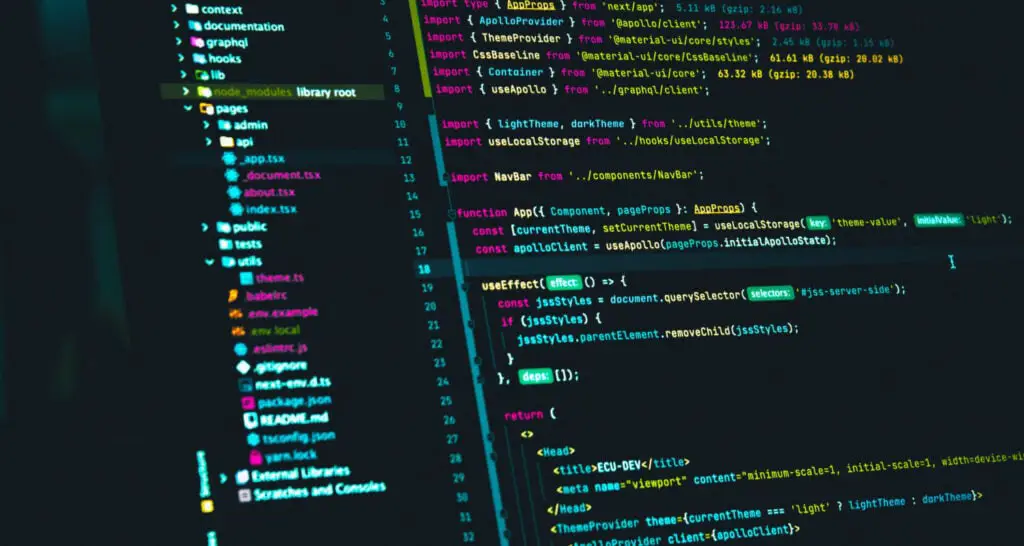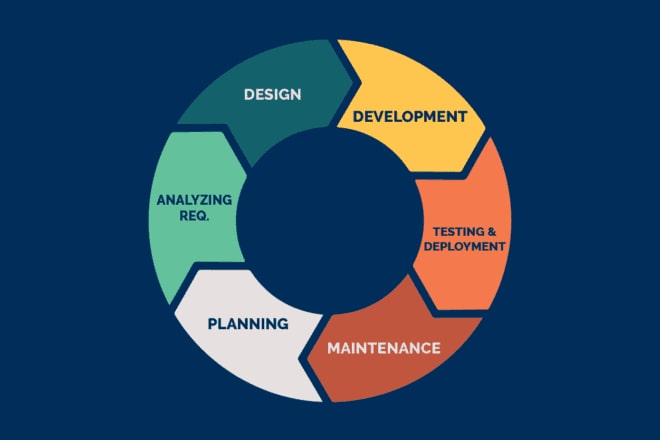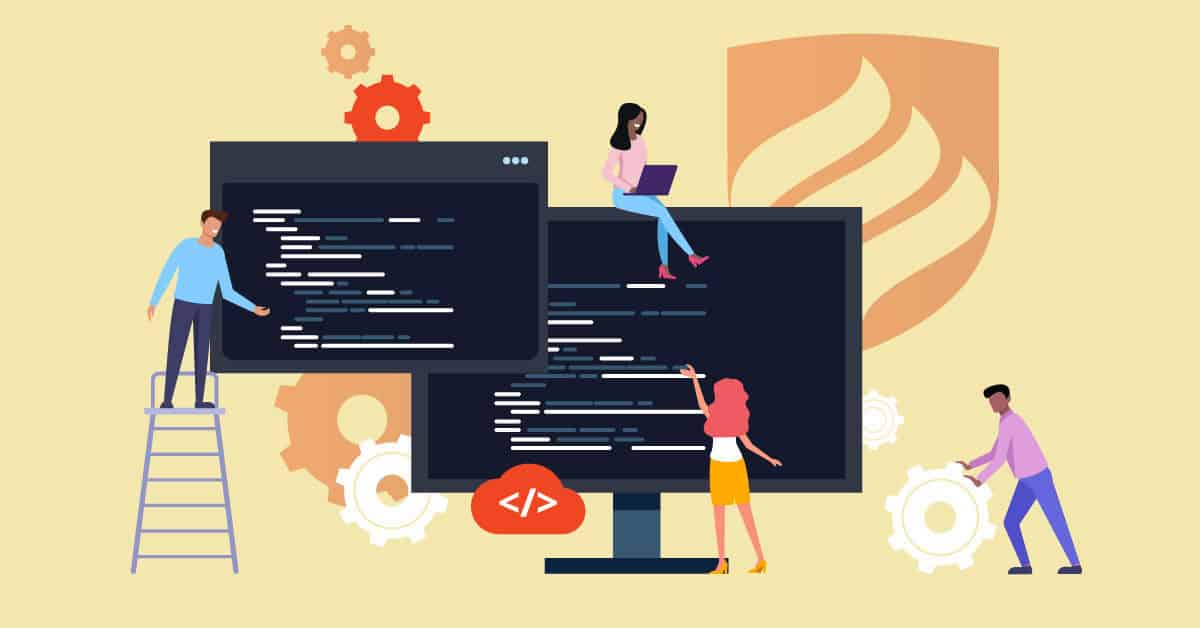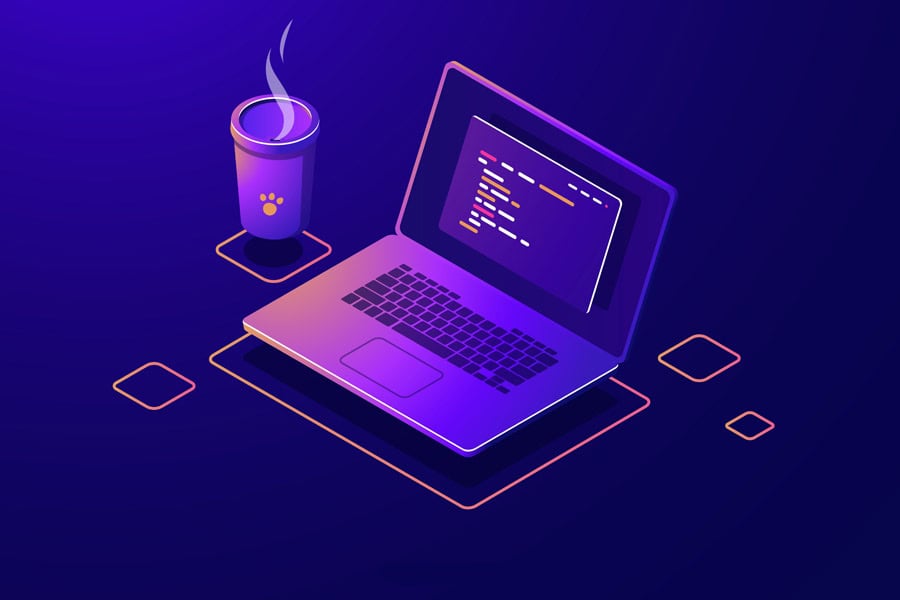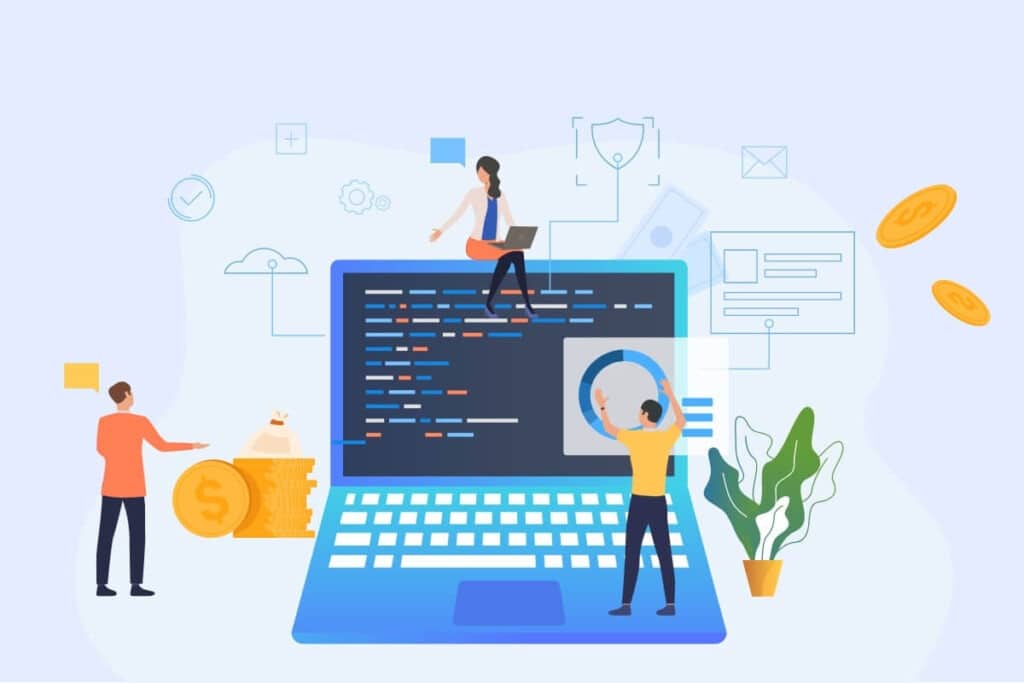vA Software Product Development Lifecycle (SDLC) is a methodology of planning, creating, and implementing the software product. Its main goals are to ensure a transparent software development process and make it efficient regarding time and resources. In this article, we will examine how Software Development Lifecycle works, how it helps deliver a high-quality software product, and explain what stands behind each stage.
A framework, Software Development Lifecycle (SDLC), outlines the procedures that must be followed during each stage of software development. The Software Development Lifecycle consists of six steps: planning, definition of requirements, design, development, deployment, and maintenance and support.
To ensure the success of your project, It’s important to validate your idea, establish clear requirements, choose a suitable development methodology (Agile or Waterfall), and strictly follow the stages of the software development process. Read below to learn more about Software Development Lifecycle.
Table of Contents
What Precedes The SDLC Process?
Any project starts with an idea. So, before starting the development process, you must go through an ideation stage.
Ideation is a process of the generation and evaluation of ideas for a new project. During the ideation stage, the team brainstorms ideas, explores various possibilities for the new software project, and then narrows down ideas to select the most promising ones.
Of course, if you already clearly understand the product you want to build, you can skip the ideation phase of data migration software and proceed to the development process immediately.
See Also: 6 Best Desktop Publishing Software For Windows [Latest]
6 Stages Of Software Development Life Cycle
In this part, we will dive deep into the software development life cycle process, list the stages of the Software Development Lifecycle, explain what each stage implies, and what outputs each stage gives.
See Also: Why Do Companies Outsource Software Development | Explained
Planning
The planning stage is the initial stage of the Software Development Lifecycle. Proper planning is halfway to a successful product. Still, many founders intend to skip it to save time and money.
However, it’s the wrong way to go, even if you think that you know every aspect of your future project.
Here are several reasons to start a project from planning:
- It helps get answers to the critical questions (What are the goals and objectives of the project? The estimated budget and timeline for the project; what resources are required to complete the project? The overall strategy for developing and implementing the product? And others).
- You can validate your idea and ensure it’s viable before investing money.
- Thanks to proper planning, you can save time and money as you won’t need to invest additional resources on reworks or spend time dealing with misunderstandings.
You can get several outputs from this stage: a development plan, a business model canvas, or a project brief for a software development company.
See also: What Is Docker In DevOps? Explained
Definition Of Requirements
The development team collaborates closely with stakeholders during this stage to establish precise guidelines for product development. This process implies gathering information about the future product (how it should function, look, etc.).
The output of this stage is a software requirement specification (SRS) document.
- Purpose of a project
- Description of the project’s scope
- Functional requirements
- Non-functional requirements
- User requirements
- System requirements
- Constraints (a list of limitations, such as technical, budget, or time constraints, that will affect the Software Development Lifecycle).
Design
Begin designing once your product functionality is chosen. When referring to a software product’s user interface, it means the visual components and controls that users interact with.
Menus, buttons, and other elements elaborate by designers during the design phase to create an interface that is both aesthetic and user-friendly with network monitoring.
The user experience is how the user feels while interacting with the software. The primary purpose of a designer is to create a great user experience and provide users with a straightforward method of archiving their goals when employing the product.
Using software like Sketch, Adobe XD, Figma, and others, a designer drafts a wireframe or a prototype of a potential application. After stakeholder approval, this wireframe should be given to developers for implementation.
An authorized wireframe or product prototype is the result of this step.
Development (Or Coding) And Testing
As the entire process begins at this stage, it is also crucial and time-consuming in the Software Development Lifecycle process. Quality assurance (QA) engineers collaborate with developers during the testing phase of development to guarantee that the code is of a high standard, the program functions as intended, the security system is trustworthy, etc. The two most popular methods for developing software are agile and waterfall.
The software development process advances linearly according to the Waterfall models of iot software development, with each stage being finished in order before moving on to the next. This model works for projects where the requirements are clearly defined and are usually applied by experienced development teams.
A Software Development Lifecycle iterative method that emphasizes flexibility and adaptation is known as an Agile model.
The projects that need to create working software regularly and have needs that change respond best to this approach. The development process separates into short sprint cycles, and the development team and stakeholders collaborate while receiving constant feedback.
Deployment
Deployment is a pre-final stage of the Software Development Lifecycle. It implies making the product available for users. And after the product has successfully gone through this process, it can be deployed to the production environment.
Many companies apply a gradual deployment approach which implies the deployment of a product to a small percentage of users with a gradual increment in user base.
The output of this stage is a fully functional product that the end users can download and use.
Maintenance And Support
A software product launch is only the beginning of your path. Any product requires support and maintenance.
So, after launching your MVP, you need to gather users’ feedback and do your best to improve your app and ensure it stays on par with the current market trends and meets the upcoming users’ needs.
FAQs
What other names are used for SDLC?
The SDLC includes the software development life cycle, often known as ADDLC. The process of system and software engineering is described.
Why is SDLC crucial?
The SDLC allows developers to review the requirements. It helps reduce expensive, unproductive development expenses. It enables programmers to produce top-notch software applications. Developers can calculate costs and spot costly mistakes.
Which SDLC is more common?
According to the yearly State of Agile report, Agile is the greatest SDLC technique and one of the most well-liked SDLCs in the IT industry.
How far along is security in the SDLC?
Security is relevant to every phase of the software development life cycle (SDLC), and your developers must keep security front of mind while they implement the requirements for your product.
What is the SDLC's primary issue?
The communication process is one of the main issues throughout the requirement-defining phase. All parties involved should communicate openly to prevent delays or obstacles during the development process.
Conclusion
It is all about the Software Development Lifecycle. The Software Development Lifecycle enables effective software development process management, documentation control, and stakeholder and team communication.
See Also: Top 6 Game Development Software To Make Games For Windows
